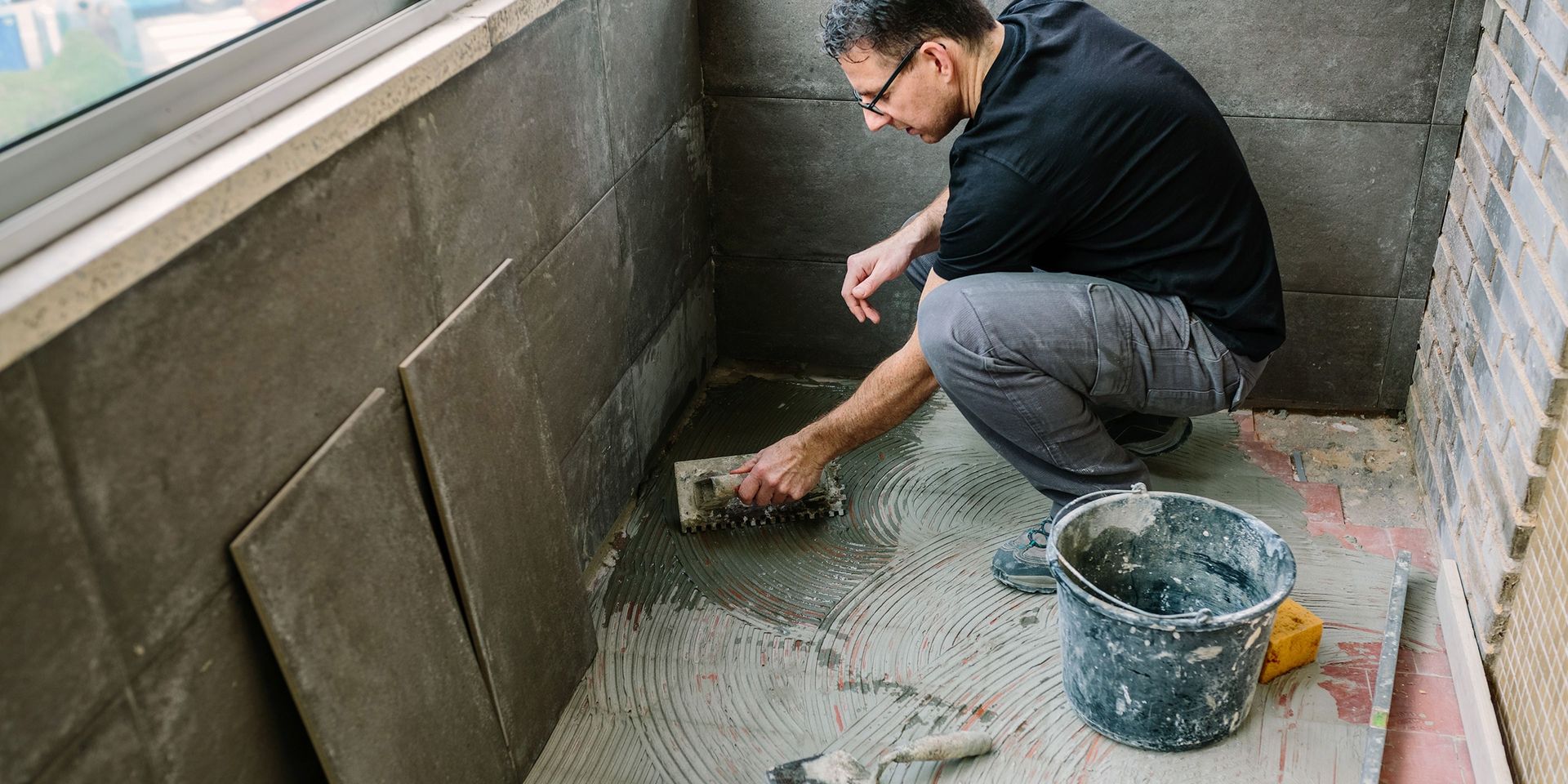To succeed as a tiler, you need millimetre-level precision, a strong sense of alignment, and solid site methodology: plan reading and layout planning, informed selection of adhesives and mortars, mastery of waterproofing systems (SPEC), safe handling of tools (tile cutter, angle grinder, laser), and strong safety habits (PPE, dust control).
On the training side, the most direct route is the CAP Carreleur-mosaïste apprenticeship, with possible progression to a Vocational Baccalaureate in Building Finishes, a Professional Certificate (BP), or professional titles to gain autonomy in preparation, estimating, and running small jobs. Short specialised modules in under-tile waterproofing, large-format tiles, outdoor terraces, and substrate pathologies strengthen employability. Work-study remains the most effective way to anchor practical skills and build a portfolio of completed projects.
Salary of a tiler
At the start of a salaried career, pay generally ranges between the French minimum wage of €1,801.80 and €2,050 gross per month, depending on region and project types. With experience, mastery of large formats, walk-in showers, and outdoor work, plus coordinating an assistant, pay most often moves to €2,200 to €2,700 gross per month, and higher for a team leader or highly sought-after finisher. In temporary work, the 10% end-of-assignment allowance and the 10% paid-leave compensation are added to gross pay and increase the total received. For the self-employed, pricing by square metre or fixed fee can exceed these levels on technical jobs, with more month-to-month variability. As a benchmark, €1,801.80 gross often corresponds to about €1,400 to €1,450 net before bonuses, depending on contributions.
Work environment for tilers
Tilers work mainly on site, indoors and outdoors, for private clients as well as on commercial or public projects. The pace depends on preparation and installation phases, with non-compressible drying times (levelling compounds, waterproofing, adhesives, grout) that require tight planning. The work involves exposure to silica dust, noise, and manual handling: PPE, source extraction, and safe lifting techniques are essential. Days alternate between cutting, setting, laser alignment checks, and meticulous finishing, often in occupied spaces that must be protected and kept clean.
The role requires close coordination with other trades (plumbing, electrical, painting, carpentry) to intervene at the right moment and meet deadlines. Depending on the site, you need to travel with a fully equipped vehicle and manage consumables stock (adhesives, mortars, spacers), waste removal, and deliveries. Communication matters: presenting layout choices, explaining drying times to the client, and signing off handover with a clean, aligned, and durable finish.



